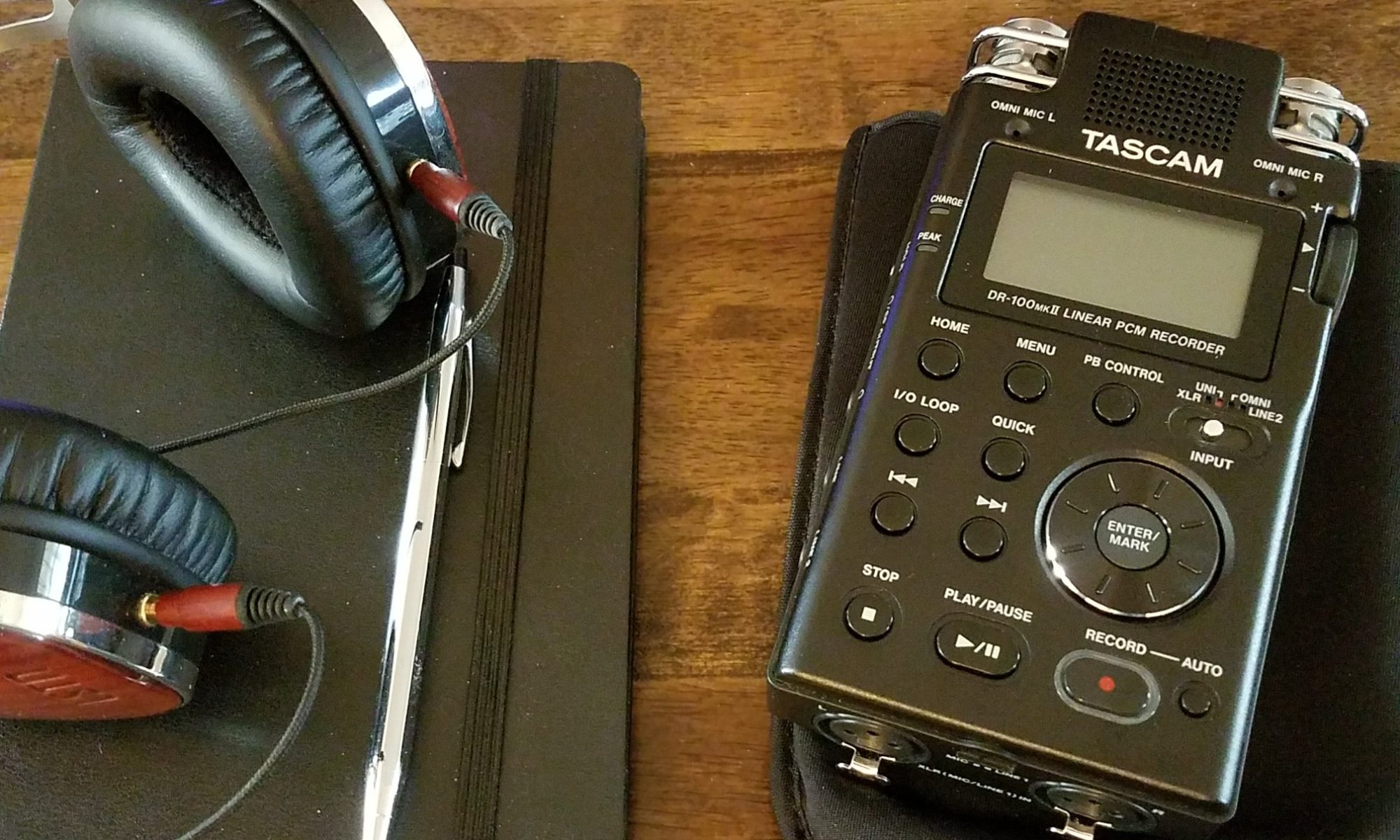Following closely on the heels of Rwandan genocidaire Callixte Mbarushimana’s arrest, and the announcement that Sudanese President al-Bashir could face an arrest warrant, is news of the capture of Radovan Karadzic. The former Bosnian Serb leader will face charges that include:
Eleven counts of genocide, war crimes, crimes against humanity and other atrocities
Charged over shelling Sarajevo during the city’s siege, in which some 12,000 civilians died
Allegedly organised the massacre of up to 8,000 Bosniak men and youths in Srebrenica
Targeted Bosniak and Croat political leaders, intellectuals and professionals
Unlawfully deported and transferred civilians because of national or religious identity
Destroyed homes, businesses and sacred sites
These actions are being seen by some as the first positive signs that the international community is taking war crimes seriously. Even though it’s unlikely that al-Bashir will stand trial while in power, the arrests do provide a positive spin on what’s traditionally been a fairly murky and unsatisfying justice process.

